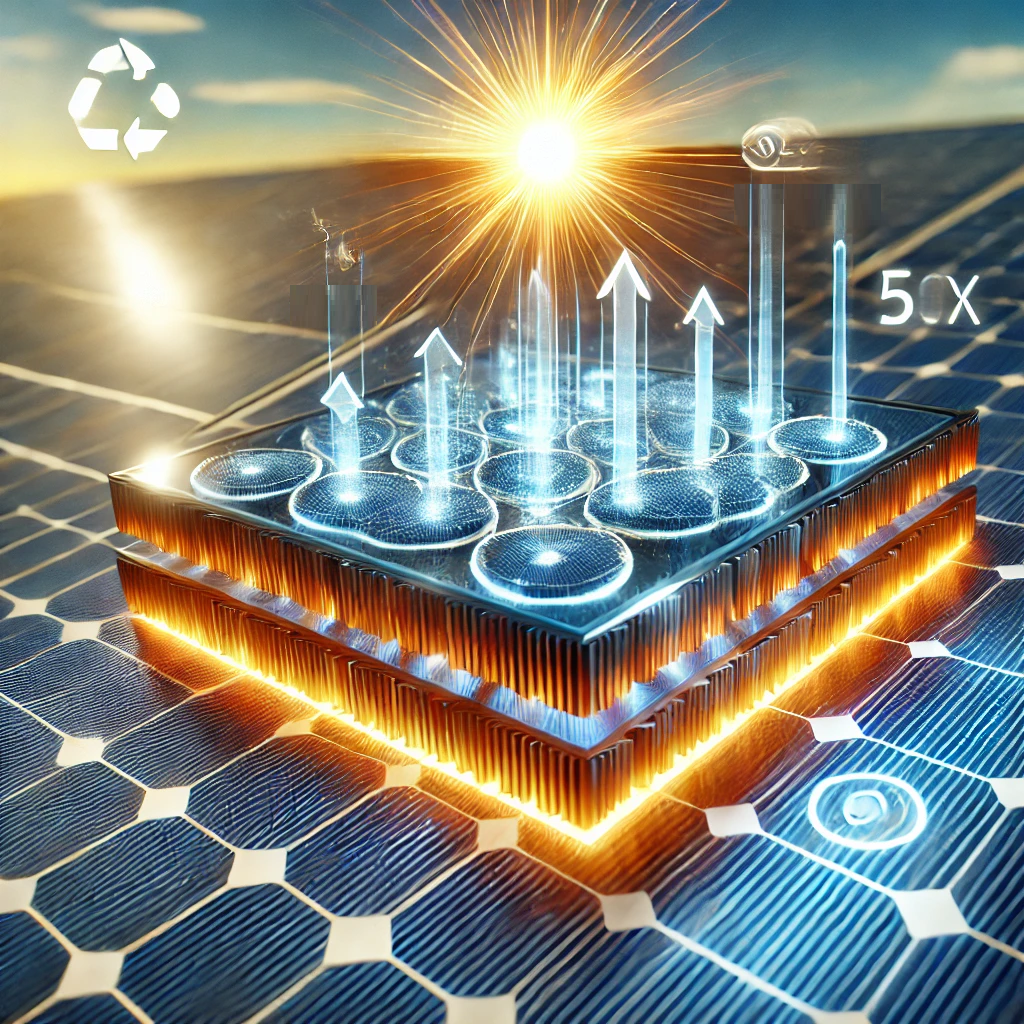How do photovoltaic cells work?
Article Source: Arizona Energy - How Solar PV Cells Work

Why you should care
With climate change and energy costs on the rise, understanding solar energy is more important than ever. Photovoltaic (PV) cells are the key technology converting sunlight into electricity, offering a renewable and sustainable energy solution for homes, businesses, and even large-scale power plants. As solar energy becomes more affordable, it's reshaping our energy landscape.
Answering the question… How do photovoltaic cells work?
Photovoltaic (PV) cells are devices that convert sunlight directly into electricity. When sunlight hits these cells, electrons are knocked loose from atoms in the material, typically silicon, creating an electric current. This process is called the photovoltaic effect, and it enables us to harness the sun’s energy efficiently. Solar panels, which consist of many PV cells, generate electricity that powers homes, schools, and businesses.
How was the study done?
Researchers conducted tests on different types of PV cells to evaluate their efficiency and durability under varying light conditions. The study compared traditional silicon-based PV cells with newer materials like perovskite, analyzing their power output, energy conversion rates, and long-term performance. Field data was collected from solar farms and residential installations to measure real-world energy production and reliability.
What was discovered?
- Efficiency Boost: Traditional silicon PV cells convert about 15-22% of sunlight into electricity. However, newer materials like perovskite can reach conversion efficiencies of 25% or higher.
- Durability and Longevity: Silicon-based PV cells typically last 25-30 years and lose only about 0.5% efficiency per year, making them a long-lasting investment for renewable energy.
- Energy Output: A well-maintained residential solar panel system can generate between 5-10 kWh per day. A typical home solar system in sunny climates may cover 75-100% of a household’s energy needs.
- Cost-Effectiveness: With innovations driving costs down, the average installation price for solar systems has dropped by 70% over the last decade. In addition, solar technology is becoming more accessible and cheaper, allowing more homes and businesses to install panels.
- Environmental Impact: The widespread adoption of PV cells can significantly reduce CO2 emissions. According to the study, widespread solar adoption in the U.S. could cut CO2 emissions by 50 million metric tons annually by 2030.
Why does it matter?
Solar energy through PV cells offers a powerful solution to combat climate change and reduce dependence on fossil fuels. As the efficiency of solar cells increases and costs decrease, solar energy becomes a viable option for more people globally. With a lifespan of up to 30 years, solar panels provide a sustainable energy source that can reduce electricity bills and lower carbon footprints for generations.
For a more detailed look at the science of solar energy, read the full article here.
